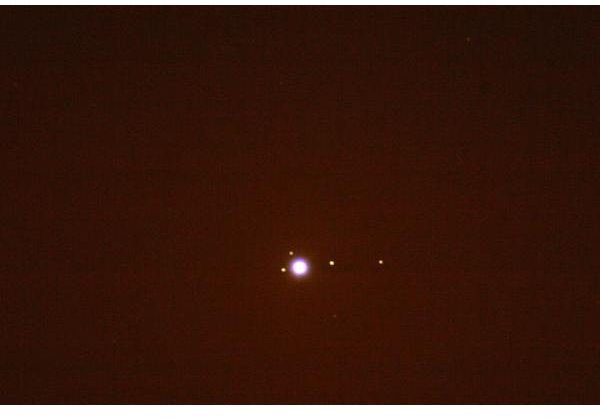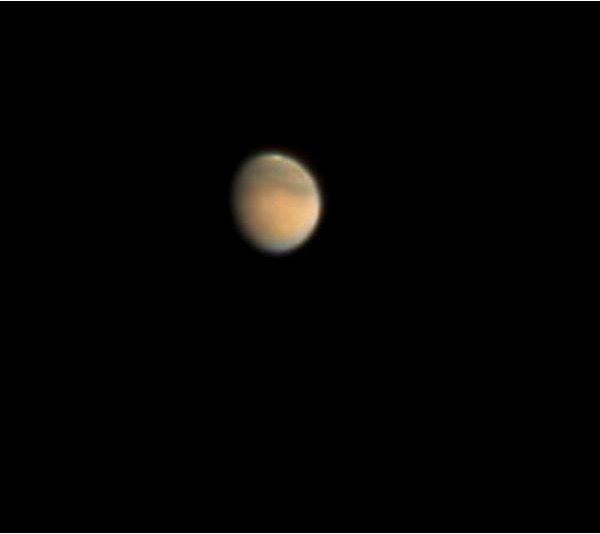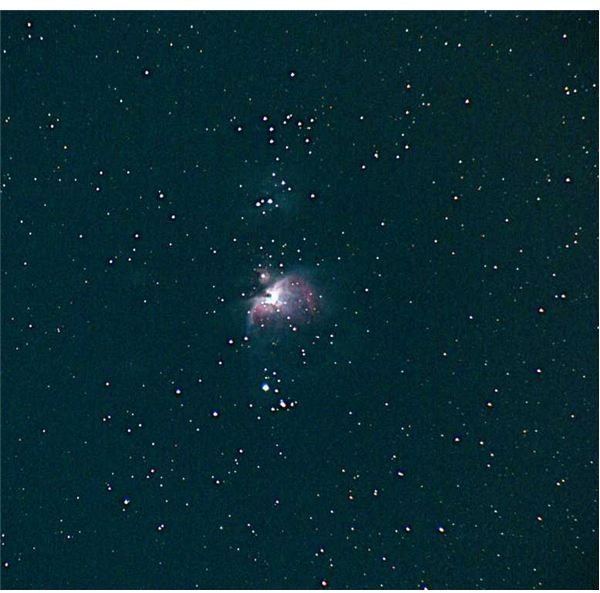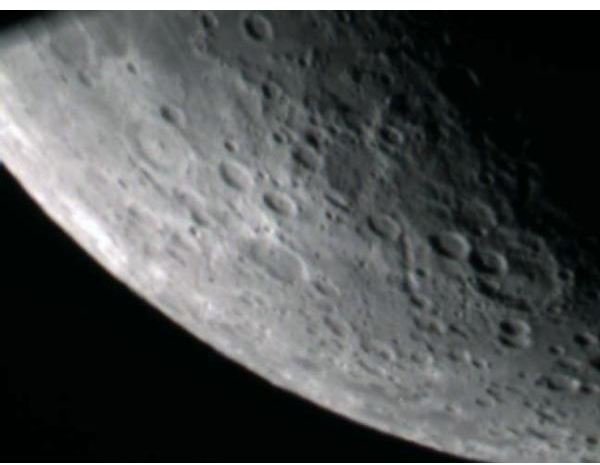Small Telescope: How Powerful is My Small Telescope? What Will I be Able to See in the Sky?
What You See Through a Small Telescospe
You got that telescope for Christmas you always wanted! Now you’re going to be able to see all those great Hubble views you’ve drooled over with your beginner telescope.
Well, not quite.
The view through a small telescope is very different from the pictures Hubble sends back, for several reasons. One, Hubble is 220 miles above the atmosphere. There’s no atmospheric disturbance to cloud the image. Two, Hubble’s images are recorded with what is known as a Charge Coupled Device (CCD). This is basically a multi-faceted light sensitive silicon chip, very much like the chip in your digital camera. In fact, CCDs are used in high end digital cameras.
In Hubble, and in ground-based large professional instruments, CCDs are used in a very specialized way. To begin with, astronomers do not just take a ‘snapshot’ of an object. Especially in the case of those objects very far away, the light from them is so dim, the CCD must be exposed (and even film if that is being used) for many minutes—even hours—to obtain a usable image.
Before the CCD, astronomers had only film, and it took long hours of exposure to obtain usable images. CCDs give them one more trick however. They can take several exposures of an object, and combine them. This gives us the brilliant Hubble images we all are enthralled about.
Many amateur astronomers who have taken up astrophotography have gone to CCDs for these reasons. It’s expensive, but provides marvelous images through smaller telescopes.
But if you just want the thrill of seeing the cosmos with your own eyes, your small telescope can do that, but do not expect Hubble-like images. Your scope does not have Hubble’s light gathering power, and your eyes can not get more photons from an image no matter how long you stare at it. Nor does your scope have a sufficiently long focal length (fl) or aperture (size of lens or mirror) to give you the magnification needed to make even planets more than marble sized.
Those atmospheric disturbances we spoke of pretty much limit magnification to about twice the aperture. That would mean a six inch mirror (154 mm) would have a maximum practical magnification of about 300x. Ah, but there’s a caveat to this. The higher the magnification, the smaller the field of view. And the magnification you can achieve is also dependent on the focal length of your scope and the focal length of the eyepiece. Most six inch reflectors are f6 to f8, meaning their focal lengths are six to eight times their mirror diameter. That gives the f6 a fl of 36 inches, or about 914 mm. With a 25 mm eyepiece (the standard fl eyepiece) the magnification would be 36.5x. With a four mm eyepiece ( about the smallest you would want to use) the magnification would be 228x.
But I will tell you from personal experience, a 4 mm eyepiece is very difficult to use. The eye relief is nonexistent—that means you must put your eye right down on the eyepiece. The field of view is tiny. A sight movement of your head and the image is gone. I’ve found the smallest practical eyepiece for me is a 6 mm. That is a good compromise with acceptable eye relief and as much magnification as needed for good views of the moon.
So what else will you see with that new telescope? Here are some images taken through small telescopes, with short exposures, so they look as close to what you will see as possible.



It is likely you will find that once you have made your trek through the solar system, you will want to turn your scope to the cosmos viewing star fields, nebulae, double stars and all the wonders the heavens offer. Now those are views you will never forget. And you don’t want high magnification for that. You want as wide angle a view as possible. I use a 30 mm eyepiece with my f5 reflector for those views, and they are magnificent.
My favorite celestial friend is the Great Nebula in Orion. I take a look at it every winter when the constellation rises high in the sky. No,

the image I see is not what Hubble shows me, but it still, after many years of seeing it with my own eyes, is thrilling. In the view to the right, the nebula is the second object in the ‘hunter’s’ sword. The large bright red star that is his right shoulder is Betelgeuse, a massive red giant.

And one sky watching activity you might think about—without a telescope. If you’re ever on a cruise, stay up until all the lights on the decks are turned off, and go to the uppermost deck and look up. You will see the ‘star haze.’ Away from urban light pollution, in the middle of the ocean, the sky is not black. It is hazy with stars. A pair of binoculars with 30 mm objectives will resolve individual stars.
Of course, I’m still trying to find a way, in this era of tight security, to get my telescope aboard.
Credits
All planetary images: Meade Instrument Corp https://www.meade4m.com/
Orion: Montgomery College https://www.montgomerycollege.edu/Departments/planet/planet/starF.htm
